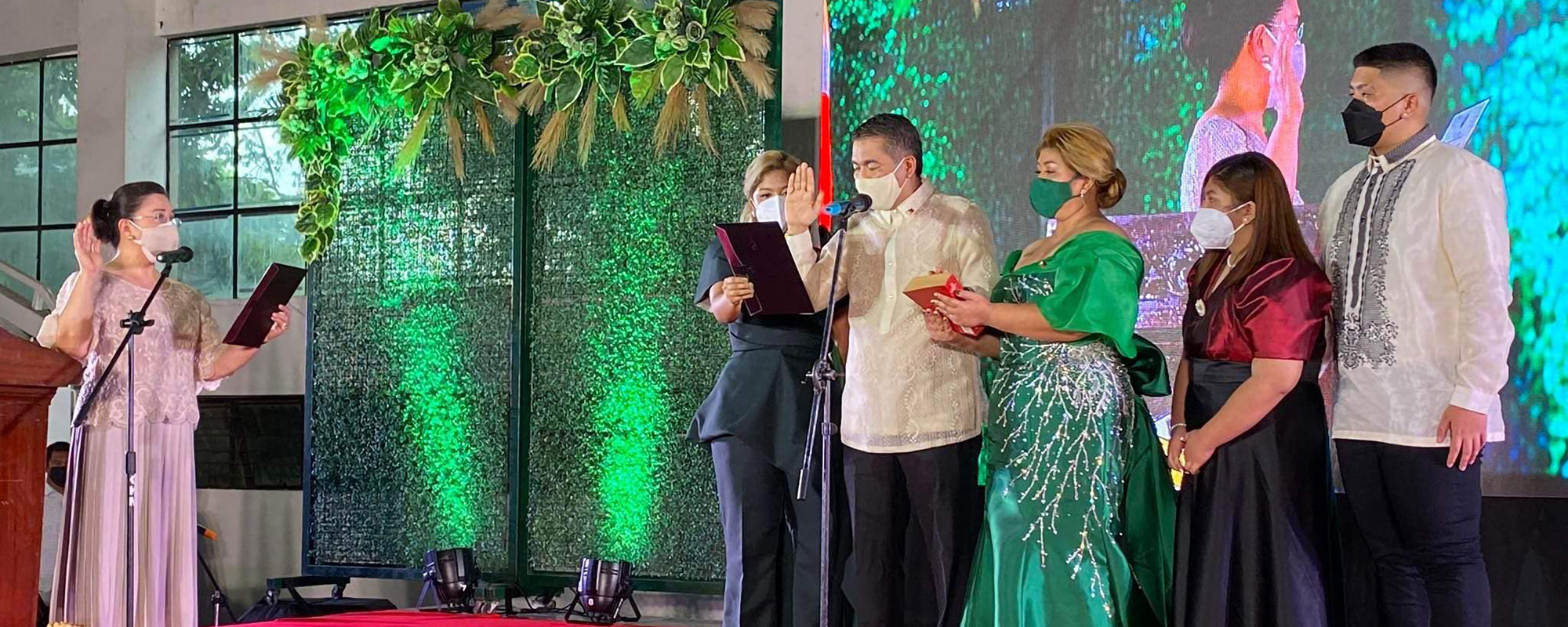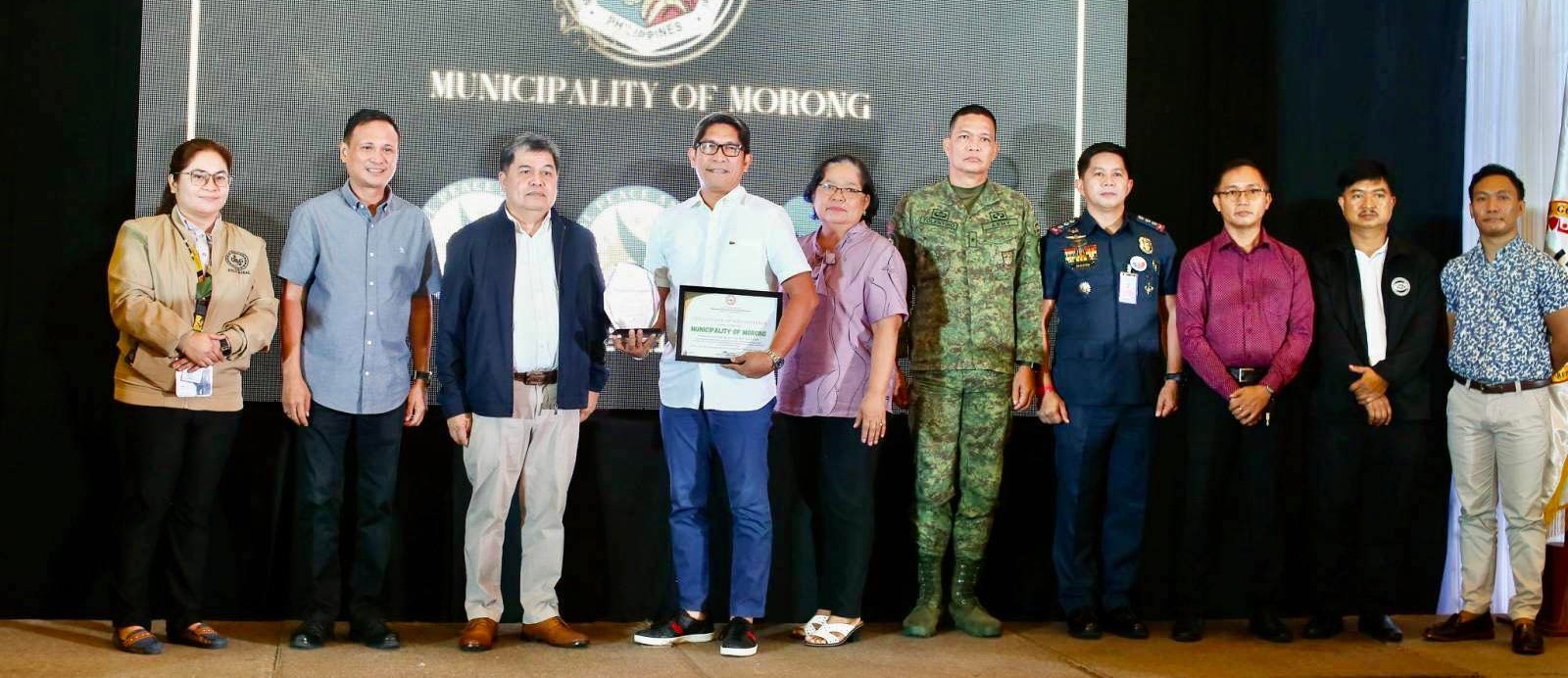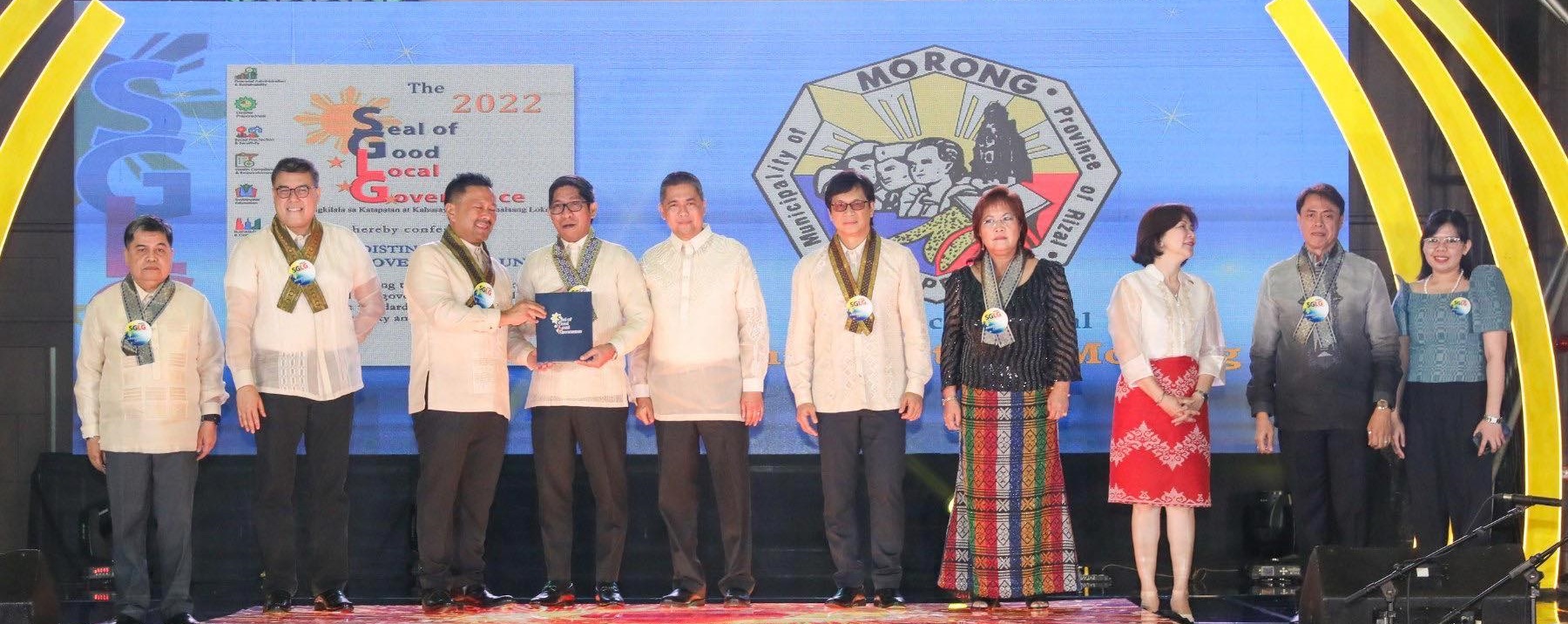History
Morong is a second class municipality in the province of Rizal, Philippines. According to the 2015 census, it has a population of 58,118 people.
A popular attraction is Spanish-era St. Jerome’s Parish Church. The town is also known for featuring the balaw-balaw side dish, as well as for having education as its priority- “Una Ang Edukasyon” (Education first), that is why during the early-1970s and early-1990s, it became the center of education. Students from different places mostly in the nearby towns of Rizal would come and study in Morong.
Morong was considered the province before it was called Rizal. Its original name was Politico Militar Distrito de Morong, which included the towns that make up present-day Rizal province.
Discovery, Founding and Christianization
On January 16, 1572, Captain Juan Maldonado, a trusted officer under Martin de Goiti, a Deputy of Miguel Lopez de Legaspi, came to a thriving community by a river while leading a Spanish contingent exploring the areas East of Manila. They named the community, Moron, after a township in Spain. This happened almost a year after Martin De Goit occupied Manila after routing the forces of Rajah Soliman (Sulayman).
The Spaniards found an organized community along both banks of the river but outlying settlements / barangays were in conflict with each other. The barangays were subjugated and the natives Christianized starting 1578 by Franciscan missionaries Juan de Placencia and Diego de Oropesa. They constructed chapels (visitas) attached to a bigger settlement to allow religious and civil administration. Later, this settlement was converted into a pueblo. which they called Pueblo de Moron. The letter “g” was added to Moron as years passed. Baras, Tanay, Pililla, Cardona, Binangonan and Teresa were the visitas under Pueblo de Morong.
Pueblo de Morong was made the provincial capital of the Franciscan Order at that time.
The visita of Pilang separated from Morong and became the independent town of Pililla. Binangonan followed in 1621.
Politico-Militar Distrito de Morong
The Politico-Militar Distrito de Morong or Distrito de Morong was created out of the provinces of Manila and Laguna composing the pueblos of Morong, Pililla, Tanay, Baras, Binangonan, Jalajala, Angono, Antipolo, Boso Boso, Cainta and Taytay.
During the Spanish colonization in the Philippines, each town (pueblo) was admistered by a gobernadorcillo, elected annually by all natives of the locality, subject to the approval of the suerior government in located in Manila. In the 19th century, gobernadorcillos were elected by 12 cabezas de barangay.
In the pueblo of Morong, it was different. A gobernadorcillo was not elected but was appointed by the governor of the province based on his economic wealth, training and educational background. He chose his own people and were not elected to help him with his duties. They did not receive salary but were exempted from paying taxes and doing forced labor.
Public Works Built Under Forced Labor
Puente de San Geronimo
The original Bridge of Morong was made of adobe stones, shaped and placed together, forming an arch over the river. The strength and stability of the bridge came from the weight of its wedge-shaped stone blocks and its upright position. The stones were cemented with mortar, a mixture of fine sand, lime, molasses and juice of ground puso-puso leaves. Heavy piers of the arch were planted on the opposite banks of the river. No metals were used during its construction from 1696 to 1701.
St. Jerome Parish Church
This church was constructed not only by men, but also women and children. Stones dug from a hill called Kay Ngaya; lime from the stones of the mountain Kay Maputi; sand and gravel from Morong River; and timber were contributed by the townspeople.
Irrigation Works
In 1850, Fr. Maximo Rico drew the plan of the irrigation dam at Uugong where it drew water from the falls and supervised the construction of the irrigation canal from Uugong dam to the ricefield in San Pedro. The canal measured 501 meters long and 2.1 meters deep. Other sources say that the construction started by Franciscan priests in 1848.
Comandancia
During the period of Spanish colonization, this building housed the Comandacia del Distrito Politico-Militar de Morong, the seat of Government for the Distrito. It was originall made of adobe stones, hard wood and galvanized iron sheets for roofing. During the early American period, it was converted into a school. It was damaged after the second world war, but rebuilt with alterations and continued to be used as a primary school building. It was later torn down and rebuilt using reinforced concrete materials and used as the municipal office building for the government of Morong. In 2011, the local government offices were transferred to the new municipal building in a different location. The Comandancia’s second floor has since been converted into a municipal museum.
Bantayan and Torrita
Bantayan was a small guardhouse where civil guards were stationed at the entrance of the town. On the other hand, a torrita was a small tower with bells that provided the signal directed to the central station in front of the Commandancia.
World War I
Tomas M. Claudio a Morong native is listed as a hero in the Philippines; The first Filipino to die in World War I was Private Tomas Mateo Claudio who served with the U.S. Marine Corps as part of the American Expeditionary Forces to Europe. He died in the Battle of Château Thierry in France on June 29, 1918. The Tomas Claudio Memorial College in Morong Rizal, Philippines, which was founded in 1950, was named in his honor. The main street of the town was also named in his honor.
World War II
During the Japanese occupation of World War II, the Mateo compound, now the Cesar S.D. Mateo clinic was used as a Japanese base. The Puente de San Geronimo (old Morong Bridge) was intentionally blasted by the guerrillas so that Japanese troops could not cross and occupy the Northern part of Morong and Rizal until reinforcements could come. The plan worked for a few days but Japanese troops were eventually able to cross the river at a shallower part Farther downriver. During the Liberation, Filipino troops of the 4th and 42nd Infantry Division of the Philippine Army and 4th Infantry Regiment of the Philippine Constabulary including the recognized guerrillas of the Col. Markings Guerrillas and the Hunters ROTC guerrillas liberated and captured the towns in Morong, defeated Japanese forces and forced them to surrender by the end of the War.






















